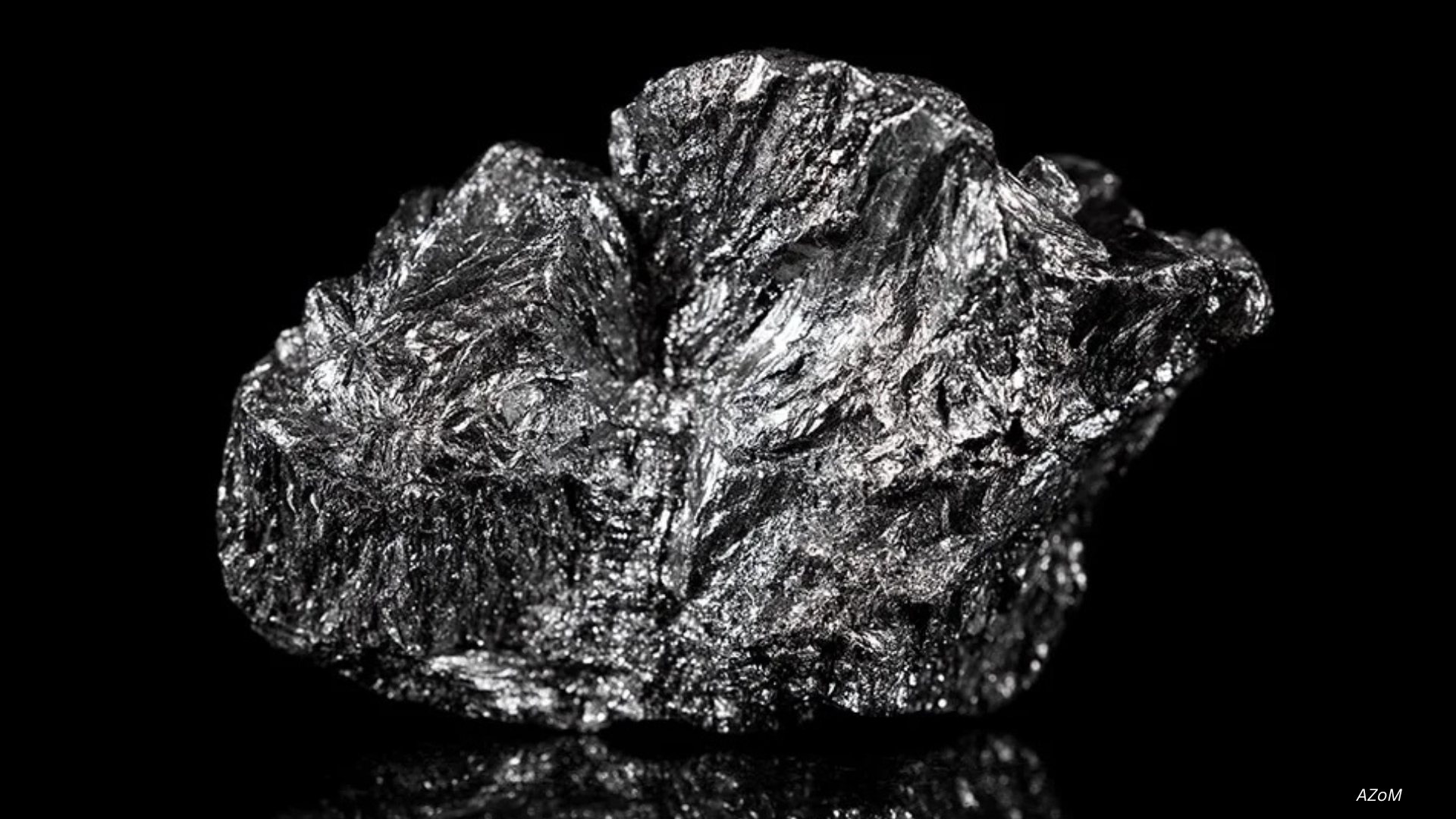
Carbon Storage and Capture Market by Source (Chemicals, Natural Gas Processing, Power Generation, Fertilizers Production, and Others), by Technology (Pre-carbon Capture, Industrial Separation, Oxy-Fuel Combustion, and Post-combustion), by Service (Capture, Transportation, Utilization, and Storage) - Global Opportunity Analysis and Industry Forecast 2024-2030
Market Definition
The Carbon Storage and Capture Market size was valued at USD 4.03 billion in 2023 and is predicted to reach USD 13.76 billion by 2030 with a CAGR of 22.1% from 2024-2030.
Carbon capture and storage, also known as CSC or carbon sequestration, is the process of capturing carbon dioxide from industrial processes such as steel and cement production before it is released into the atmosphere. Carbon can be directly obtained from industrial sources through various technologies such as adsorption, chemical looping and gas hydration. After seizing carbon, it is then transported in a pipeline or through a ship to get stored underground in geological formations. Capturing CO2 is most cost-effective at point sources such as large carbon-based energy facilities, industries with major CO2 emissions natural gas processing, synthetic fuel plants and fossil fuel-based hydrogen production plants.
Market Dynamics and Trends
The increasing demand for carbon storage and capture is due to need for reduction of CO2 emissions in industries along with strict government policies and programs on greenhouse gas (GHG) emissions is a significant factor that is expected to drive the carbon storage and capture market during the forecast period. For instance, in April 2019, the Liberal government of Canada enacted a nationwide tax on oil, coal and gas that started at USD 15 per ton of carbon dioxide this year and will rise to USD 38 per ton by 2022. Also, the growing concern and awareness about environmental safety and climate change have raised the adoption of CSC to reduce the emission of carbon dioxide from the environment.
Moreover, growing industrialization and urbanization across the globe have led to the increase in carbon emission that is expected to drive the market of carbon storage and capture globally. According to the World Resources Institute in 2020, Energy consumption is by far the biggest source of human-caused greenhouse gas emissions, responsible for a significant 75.6% (37.6 GtCO2e) worldwide.
In addition, growing number of CO2 capture and storage plants by governments of countries including the U.S., Netherlands, UK, China, and India to reduce the carbon footprint is expected to fuel the market. For instance, in 2021, according to the Global CCS Institute, there are 135 commercial CCS facilities in the project pipeline, out of which 27 are fully operating, four are under construction, and 102 are under development. An additional 71 new CCS facilities were added to the project pipeline.
However, high costs in maintaining the feasibility of projects such as capture an dind sequestration of carbon as well as a decrease in crude oil prices due to recessionary fears are expected to restrain the growth of the market during the forecast period. On the other hand, there are continuous investments for developing innovative capturing technologies as well as various upcoming projects in North America and Asia-Pacific region, which includes Shute Creek, Great Plains Synfuel and Petra Nova. This, in turn, is expected to create lucrative growth opportunities for the carbon capture and storage market players in the future.
Market Segmentations and Scope of the Study:
The carbon storage and capture market size has been segmented based on source, technology, service, application, end use, and geography. Based on source, the market is classified into chemicals, natural gas processing, power generation, fertilizers production, and others. Based on technology, the market is divided into pre-carbon capture, industrial separation, oxy-fuel combustion, and post-combustion. The oxy-fuel combustion is further divided into oil and gas, chemical processing, power generation, and others. The post-combustion segment is further grouped into oil and gas, chemical processing, power generation, and others. Based on service, the market is bifurcated into capture, transportation, utilization, and storage. On the basis of application, the market is classified into enhanced oil recovery (EOR), industrial, chemical processing, power generation, and agriculture. Based on end use, the market is grouped into oil & gas, iron & steel, cement, chemical & petrochemical, power generation, and dedicated storage & treatment. The geography breakdown and analysis of each of the aforesaid segments includes regions comprising of North America, Europe, Asia-Pacific, and ROW.
Geographical Analysis
North America region holds the lion share of carbon capture and storage market at present and is expected to continue its dominance during the forecast period. This is attributed to factors such as rise in the demand for clean technology and introduction of shale gas techniques as this help in capturing up to 90% of CO2 released by burning fossil fuels in electricity generation in this region. Also, government enacted strict policies in the USA and Canada such as the FUTURE Act (Furthering Capital Carbon Capture, Utilization, Technology, Underground storage, and Reduced Emissions) to expand the purposes for which captured carbon oxide may be used. This policy provides incentives for capturing carbon dioxide which can be used in the Enhanced Oil Recovery (EOR) projects and promotes market growth.
Moreover, increase in funding and investments for research and development activities of CCS market and its regional expansion in this region is further driving the market. For instance, in June 2021, the U.S. Department of Energy (DOE) had announced USD 12 million in federal funding for six research and development (R&D) projects that are advancing direct air capture (DAC) technology, a carbon dioxide removal approach that extracts carbon dioxide (CO2) emissions from the atmosphere.
On the other hand, Asia-Pacific is expected to witness a rapid rise in the carbon storage and capture market due to favorable government initiatives to enhance low-emission technologies for reducing greenhouse gases from the environment. For instance, in August 2021, governments of Australia and the UK announced a plan to establish a partnership for the research and development of low emission technologies. The partnership mainly focused on six technologies including carbon capture and use (CCU) and carbon capture and storage (CCS) among others to increase competitiveness of industry, reduce emissions and support economic growth.
Also, growing power consumption in countries such as China and India is increasing owing to the rising population and industrialization. This results in an increase in the number of coals fired power generation plants, which eventually escalates the adoption of post-combustion carbon capture technology in this region. For instance, according to Global Energy Monitor (GEM), there are nearly 200 coal-fired power stations under construction in Asia, including 95 in China, 28 in India and 23 in Indonesia.
Competitive Landscape
The carbon storage and capture market comprise various players such as Aker Carbon Capture, Carbon Egineering, Linde Engineering, Equinor, ExxonMioobil Corporation, Carbfix, Shell, Mitshubishi Heavy Industries, Ebb Carbon, Carbon Streaming. These manufacturers are actively indulging in market strategies such as innovations and acquisitions to enhance their product and increase their growth as well as geographical reach.
For instance, in October 2021, Exxon Mobil initiated the process for engineering, procurement and construction contracts as part of its plans to expand carbon capture and storage (CCS) at its LaBarge, Wyoming facility. The expansion project will capture up to 1 million metric tons of CO2 each year, in addition to the 6-7 million metric tons CO2 that is already captured at LaBarge. Also, in November 2020, Baker Hughes, a company that provides carbon capture and storage services acquired Compact Carbon Capture (3C), a developer of carbon capture solutions. The acquisition aimed to provide energy transition by providing decarbonization solutions for carbon-intensive industries such as oil and gas, as well as broader industrial operations.
Key Benefits
-
The carbon storage and capture market report provide the quantitative analysis of the current market and estimations through 2022-2030 that assists in identifying the prevailing market opportunities to capitalize on.
-
The study comprises a deep dive analysis of the carbon storage and capture market trend including the current and future trends for depicting the prevalent investment pockets in the market.
-
The information related to key drivers, restraints and opportunities and their impact on the carbon storage and capture market is provided in the report.
-
The competitive analysis of the market players along with their market share in the carbon storage and capture market
-
The SWOT analysis and Porters Five Forces model is elaborated in the study.
-
Value chain analysis in the market study provides a clear picture of the stakeholders’ roles.
Key Market Segments
By Source
-
Chemicals
-
Natural Gas Processing
-
Power Generation
-
Fertilizers Production
-
Others
By Technology
-
Pre-carbon Capture
-
Industrial Separation
-
Oxy-fuel Combustion
-
Oil and gas
-
Chemical processing
-
Power generation
-
Others
-
-
Post-combustion
-
Oil and gas
-
Chemical processing
-
Power generation
-
Others
-
By Service
-
Capture
-
Transportation
-
Storage
By Application
-
Enhanced Oil Recovery (EOR)
-
Industrial
-
Chemical Processing
-
Power Generation
-
Agriculture
By End Use
-
Oil & Gas
-
Iron & Steel
-
Cement
-
Chemical & Petrochemical
-
Power Generation
-
Dedicated Storage & Treatment
By Region
-
North America
-
The U.S.
-
Canada
-
Mexico
-
-
Europe
-
The U.K.
-
Germany
-
France
-
Italy
-
Spain
-
Netherlands
-
Denmark
-
Finland
-
Norway
-
Sweden
-
Russia
-
Rest of Europe
-
-
Asia-Pacific
-
Australia
-
China
-
India
-
Indonesia
-
Japan
-
Singapore
-
South Korea
-
Taiwan
-
Thailand
-
Rest of Asia-Pacific
-
-
RoW
-
Latin America
-
Middle East
-
Africa
-
Key Players
-
Aker Carbon Capture
-
Carbon Egineering
-
Linde Engineering
-
Equinor
-
ExxonMioobil Corporation
-
Carbfix
-
Shell
-
Mitshubishi Heavy Industries
-
Ebb Carbon
- Carbon Streaming




















 Speak to Our Analyst
Speak to Our Analyst

























